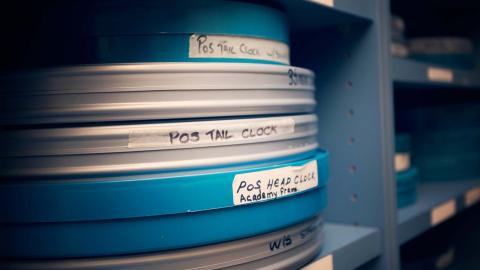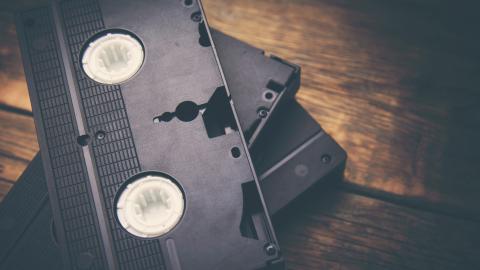
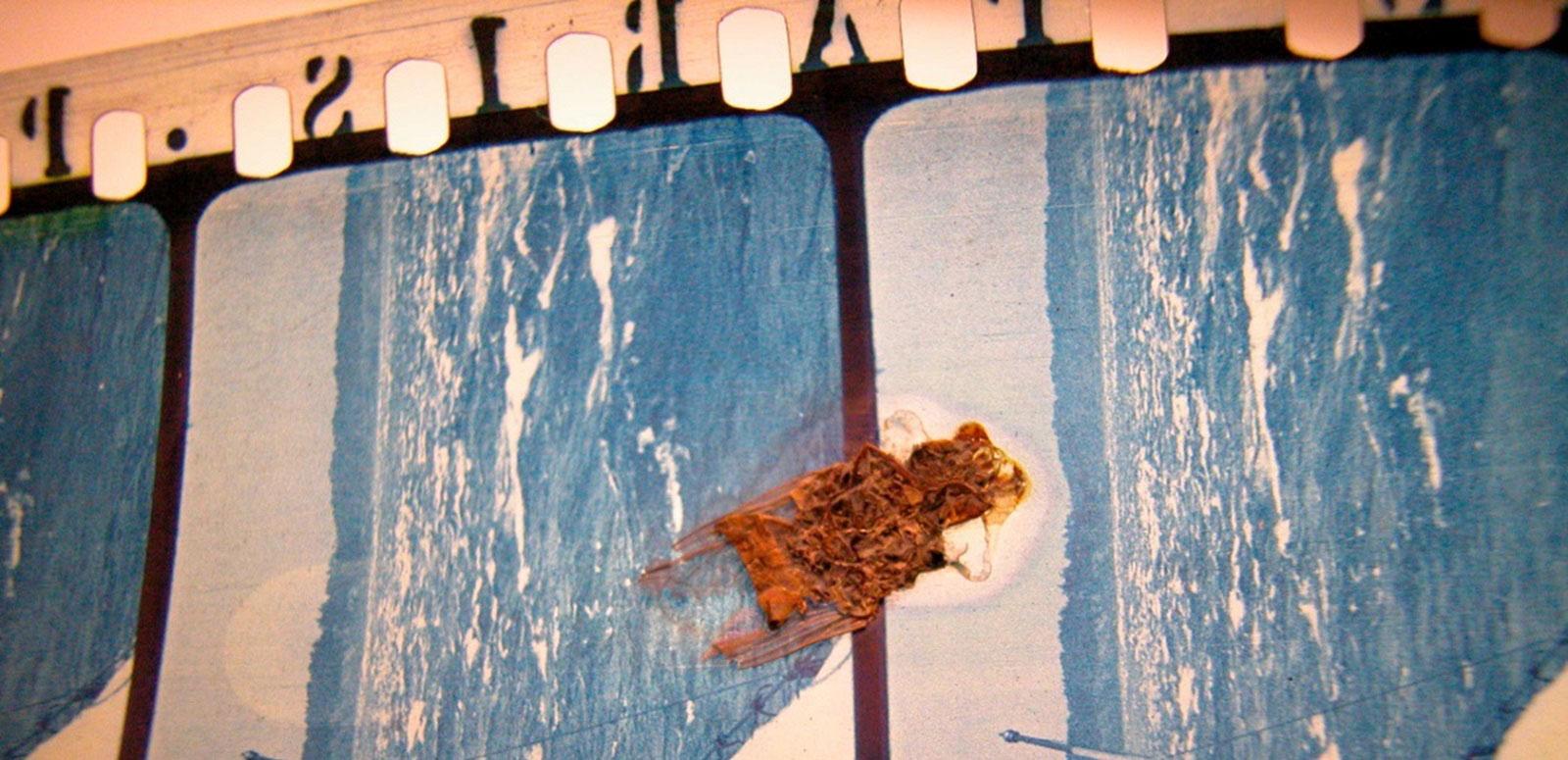
Keeping collections safe from pests
Most people have a collection that is precious to them. With a national collection of more than 2 million audiovisual materials, we understand that better than anyone!
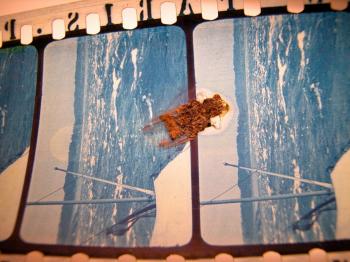
Fire, flood, earthquake and war all come to mind when considering disasters that might threaten cultural collections; however, often there are quieter threats to consider that can be equally damaging if untreated.
Galleries, libraries, archives and museums are smorgasbords for many pests and moulds.
Silverfish at the NFSA would, if given the chance, eat paper scripts; carpet beetle larvae would devour the leather found in costumes and on old equipment; wood borers would attack our timber furniture; and mould would stain and damage everything from paper and video to motion picture film.
Mould and pest damage are particularly insidious because they can occur without any outward signs, until discovered incidentally. That is why we have procedures in place to prevent this from happening in the first place.
From a bug’s life to frozen
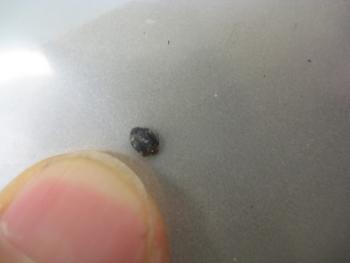
We use integrated pest management to prevent and control pest and mould problems, focusing on prevention and using non-toxic treatments where possible.
Our sticky traps detect and catch any roaming pests. We assess the contents of these traps and if we find any pests that are dangerous to the collection, we carry out extra checks of the area.
We also undertake frequent inspections of vulnerable material, such as the textile collection, and perform regular housekeeping to remove any potential food sources or hiding places in empty boxes or other clutter.
The ongoing regular building maintenance schedule helps to prevent pests from entering the buildings, and the cold and dry storage vaults at the NFSA deter pests and prevent mould growth.
Food and drink are not allowed in collection areas, particularly around the storage vaults. We don’t want to leave behind any delicious crumbs that could invite pests!
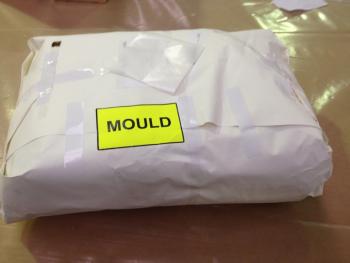
We avoid chemical pest treatments as much as possible. Toxic treatments such as arsenic were historically used in natural history collections, and the problems they caused have made conservators aware of possible long-term side effects.
Freezing is our preferred way to control any potential pest problems. New items which have, or are suspected of having, pests are frozen in sealed bags to deal with mould, adult insects, larvae and eggs.
Although not used at the NFSA, other methods such as low oxygen environments and CO2, or nitrogen gas treatments, can replace chemical fumigation.
After treatment, we clean the items and perform any necessary conservation work.
What you can do at home
Prevention is the best way to protect your precious items.
- Store them in cool, dry and clean conditions. Linen closets are often ideal because they are normally in the middle of the house and this helps to ensure a stable environment.
- Avoid storing anything of value in sheds or inside cupboards against outside walls, as the variations in the inside and outside temperature can cause condensation. This can lead to mould growth and damp environments, which are attractive to insects. Also, always keep items off the ground wherever possible.
- Avoid using naphthalene or mothballs because they are toxic, especially to young children and pets.
- Inspect your prized possessions on a regular basis. Mould or insect damage is repairable if detected early.
In addition to threatening collections, mould is also a hazard to human safety. Protective clothing, such as nitrile gloves and face masks, should be worn when treating it and you should only do so in well-ventilated spaces.
See our Preservation pages for more information and don’t let the bed bugs bite … your collections!
The National Film and Sound Archive of Australia acknowledges Australia’s Aboriginal and Torres Strait Islander peoples as the Traditional Custodians of the land on which we work and live and gives respect to their Elders both past and present.
